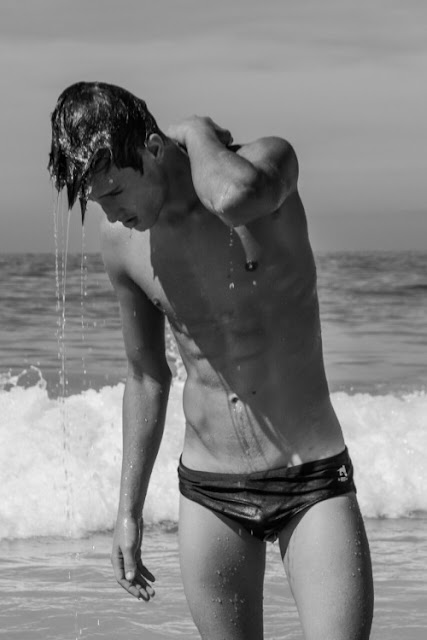Apoxyomenos (the “Scraper”) is one of the conventional subjects of ancient Greek votive sculpture; it represents an athlete, caught in the familiar act of scraping sweat and dust from his body with the small curved instrument that the Romans called a strigil.
A substantially complete bronze Apoxyomenos of this model, who strigilates his left hand, held close to his thigh, was discovered by René Wouten from the northern Adriatic Sea between two islets, Vele Orjule and Kozjak, near Lošinj in Croatia, in 1996. Rene Wouten found the bronze statue fully covered in sponges and sea life. No parts of the statue were missing, though its head was disconnected from the body.
At 1.92m long, the statue is currently thought to be a Hellenistic copy of Lysippos’ Apoxyomenos from the second or first century BCE; it is conserved in Zagreb’s Mimara Museum as the Croatian Apoxyomenos. It shares with the Ephesus bronze “the almost portrait-like individuality of the face, by no means a ‘classical’ type”, with its broad, fleshy jaw and short chin and “hair made rough and unruly by sweat and dust”.



















































